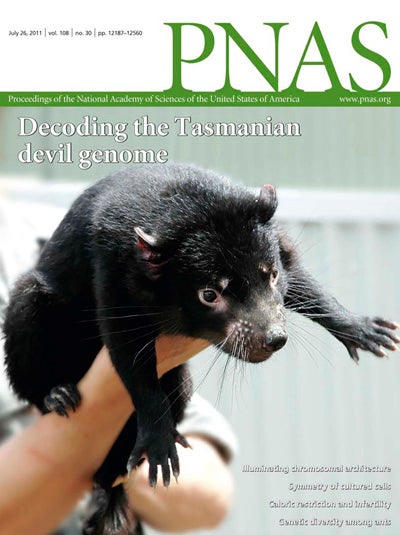Posted July 1, 2011

“Micropatterned mammalian cells exhibit phenotype-specific left-right asymmetry”
by Leo Q Wan, Kacey Ronaldson, Miri Park, Grace Taylora, Yue Zhang, Jeffrey M Gimbleb, and Gordana Vunjak-Novakovic.
http://www.pnas.org/content/108/30/12295
Left-right (LR) asymmetry (handedness, chirality) is a well-conserved biological property of critical importance to normal development. Changes in orientation of the LR axis due to genetic or environmental factors can lead to malformations and disease. While the LR asymmetry of organs and whole organisms has been extensively studied, little is known about the LR asymmetry at cellular and multicellular levels. Here we show that the cultivation of cell populations on micropatterns with defined boundaries reveals intrinsic cell chirality that can be readily determined by image analysis of cell alignment and directional motion. By patterning 11 different types of cells on ring-shaped micropatterns of various sizes, we found that each cell type exhibited definite LR asymmetry (p value down to 10-185) that was different between normal and cancer cells of the same type, and not dependent on surface chemistry, protein coating, or the orientation of the gravitational field. Interestingly, drugs interfering with actin but not microtubule function reversed the LR asymmetry in some cell types. Our results show that micropatterned cell populations exhibit phenotype-specific LR asymmetry that is dependent on the functionality of the actin cytoskeleton. We propose that micropatterning could potentially be used as an effective in vitro tool to study the initiation of LR asymmetry in cell populations, to diagnose disease, and to study factors involved with birth defects in laterality.


